Many of us believe our cars have personalities. Some might contend we coddle and spoil our mechanical steeds more than our children. And to a certain degree, they would be completely correct.
However, When I entered the Revs Institute in Naples, Florida, recently, I immediately sensed something very different. This was not a museum of relics. This was a living, breathing creation holding automobiles (and their individual histories) with the care you might normally provide one of the world’s most valuable works of art or an irreplaceable historical artifact. I was completely unprepared.
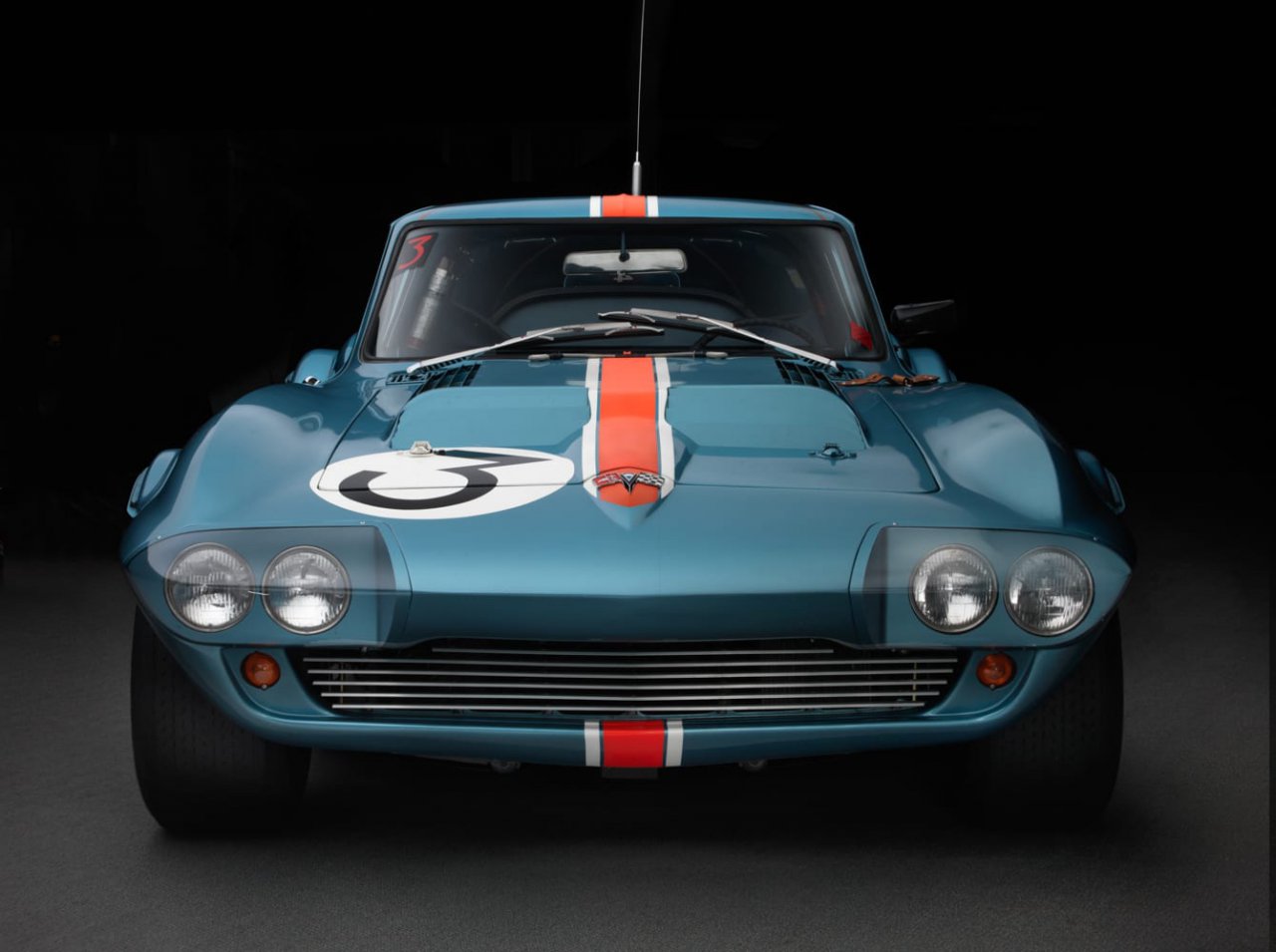
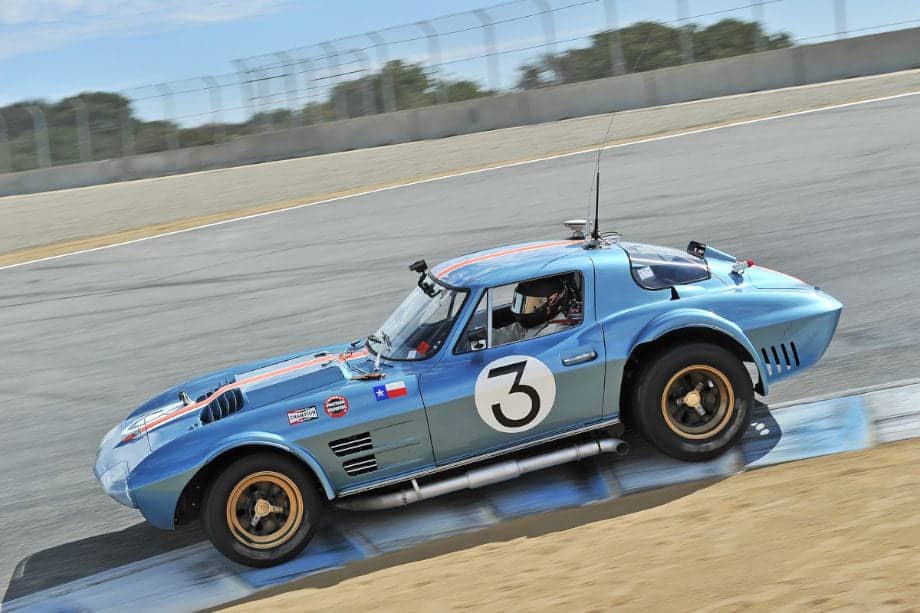
The vehicles that comprise the Miles Collier Collection, housed at the Revs Institute, all have personalities. Each has a story. And those stories not only are being preserved, but the cars themselves are continuing to function as they were intended, in some cases being driven as part of an event or exhibition, but many times participating in vintage race competitions where their true spirit is unleashed.
The collection has been closed to the public during the pandemic and opened again on February 25. The collection, gathered by Miles C. Collier, grandson of Barron Collier, is a work of love and admiration, not only of the vehicles themselves, but as a tribute to his father, C. Miles Collier, and his uncle, Sam Collier.
The brothers Collier were instrumental in the development of sports car racing in the United States, driven forward when the youngsters were first enamored with European sports cars while dividing their time between homes in New York and Florida. They were the sons of Barren G. Collier, an advertising maven who built his fortune in New York City, later becoming the largest landowner and developer in Florida with interests in hotels, bus lines, banks, newspapers, telephone companies and steamships. The Colliers had the means to follow their passions and they did just that.
In the 1930s the brothers, who had been following sports car racing in Europe, constructed a race track on the family’s New York estate. The die was cast. Beginning with home-built go-karts, they graduated to sports cars in short order, establishing their reputation as serious race car drivers. Their race events prompted them to create the Automobile Racing Club of America in 1933, which later became the Sports Car Club of America. The Colliers were close friends with Briggs Cunningham, who established himself not only as a race car driver/team owner but also a sailing impresario who, in 1958, skippered the Columbia to victory in the America’s Cup.
Miles and Sam Collier stepped into management of the Collier businesses, but still pursued their love for racing. When World War II broke out, ARCA was disbanded and the brothers headed off to war. Following the war, in 1944, the SCCA formed where ARCA had ended and brought the Colliers back into active racing.
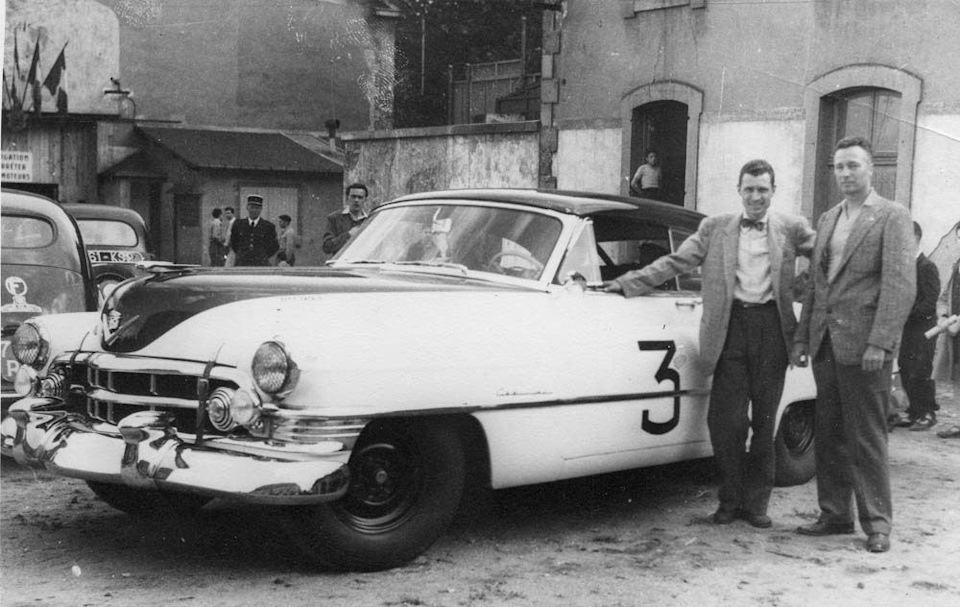
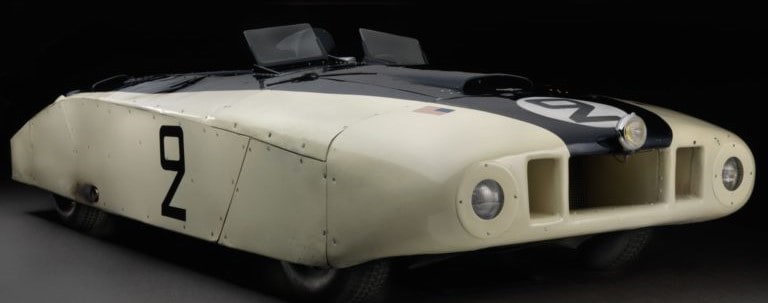
In 1950, Briggs Cunningham set out to place two entries in the 24 Hours of Le Mans, at that time the most prestigious race in the world. But Cunningham wanted to do something different and prepared two 1950 Cadillacs for the race, one that was virtually stock (and driven by the Collier brothers) and another heavily modified with a streamlined body designed by a Grumman airplane engineer. The Colliers Caddy placed 10th while the aerodynamic Cunningham entry fell back a lap and finished 11th. So much for streamlining.
Tragedy struck the Collier family not long after that Le Mans experience. Sam Collier was leading a race at Watkins Glen, New York, in a Ferrari borrowed from Cunningham. The car left the road. Collier was taken to a hospital but died shortly after, which greatly affected his brother Miles, who soon stopped racing. The 1948 Ferrari 166 Spider Corsa Sam was driving is restored and part of the Collier Collection today.
But the apple did not fall far from the tree as Miles’ son, Miles C. Collier, also became captivated by sports cars and the history his father and uncle were involved in way before he arrived on his first race track.
Miles Collier entered the family business as well, continuing development begun by his grandfather in Florida and collecting cars he felt defined the “legacy artifacts of modern culture” in the world. This collecting took shape in earnest in the 1980s, particularly after he purchased the outstanding Cunningham car collection and added them to an already extensive collection of his own.
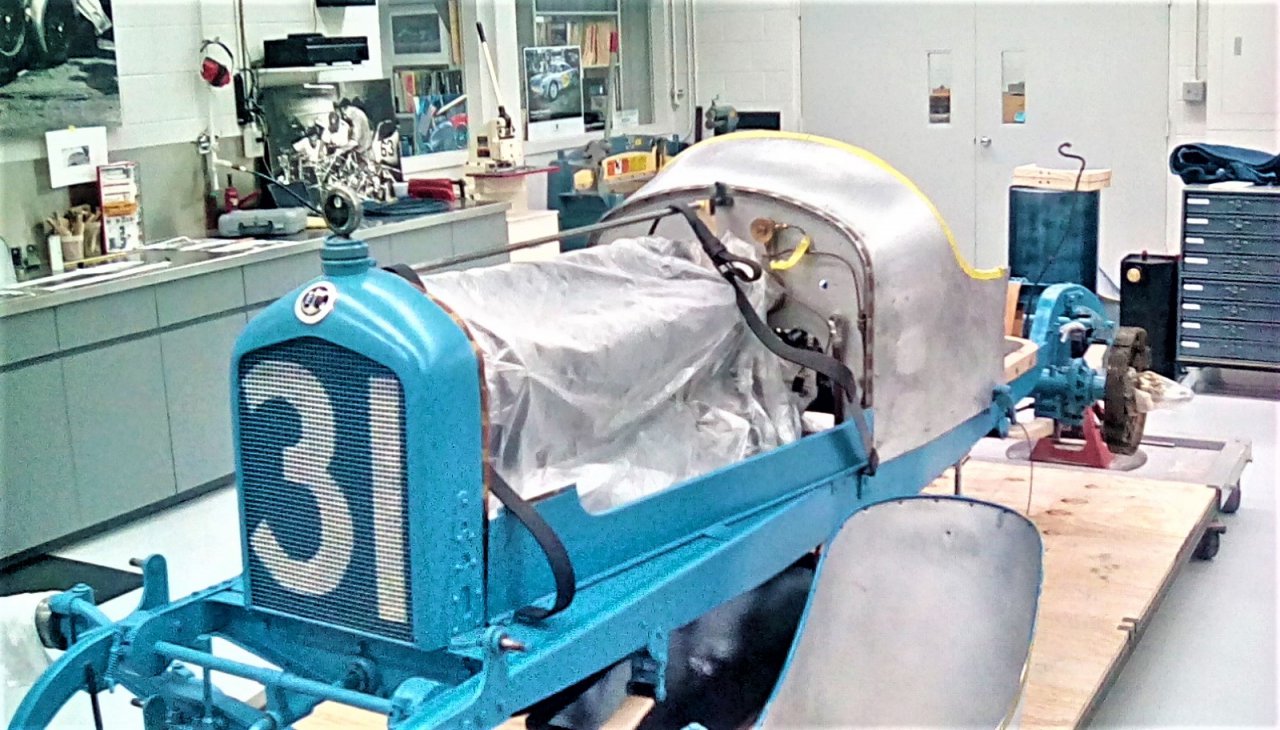
In 2008 Collier founded the Revs Institute, a 501 (c)(3) not for profit “dedicated to deepening our understanding and appreciation of automotive history.” At the time of its founding, the organization stated it was to be a “haven for scholars, preservationists and passionate connoisseurs of automotive history.”
The Revs Institute’s mission of scholarly study was given a huge boost in 2011 when it acquired the library of Karl Ludvigsen, a former General Motors consultant and past editor of Car and Driver and Motor Trend magazines, who had assembled more than 7,000 automotive books, 300,000 photos and hundreds of research files.
Impressive as the car collection is, the library and archive have grown to be among the most extensive collections of automotive history in the world. The organization has an ongoing program of acquisition of books, journals, audio-visual artifacts, mascots, manuals, photographs and posters to support its continued mission.
The archive holds over 120 collections, more than 24,000 books, 200,000 magazine and journal issues, and nearly 700,000 online images that are accessible to the public for viewing and download. Materials are available in French, German, Italian and Japanese in addition to English.
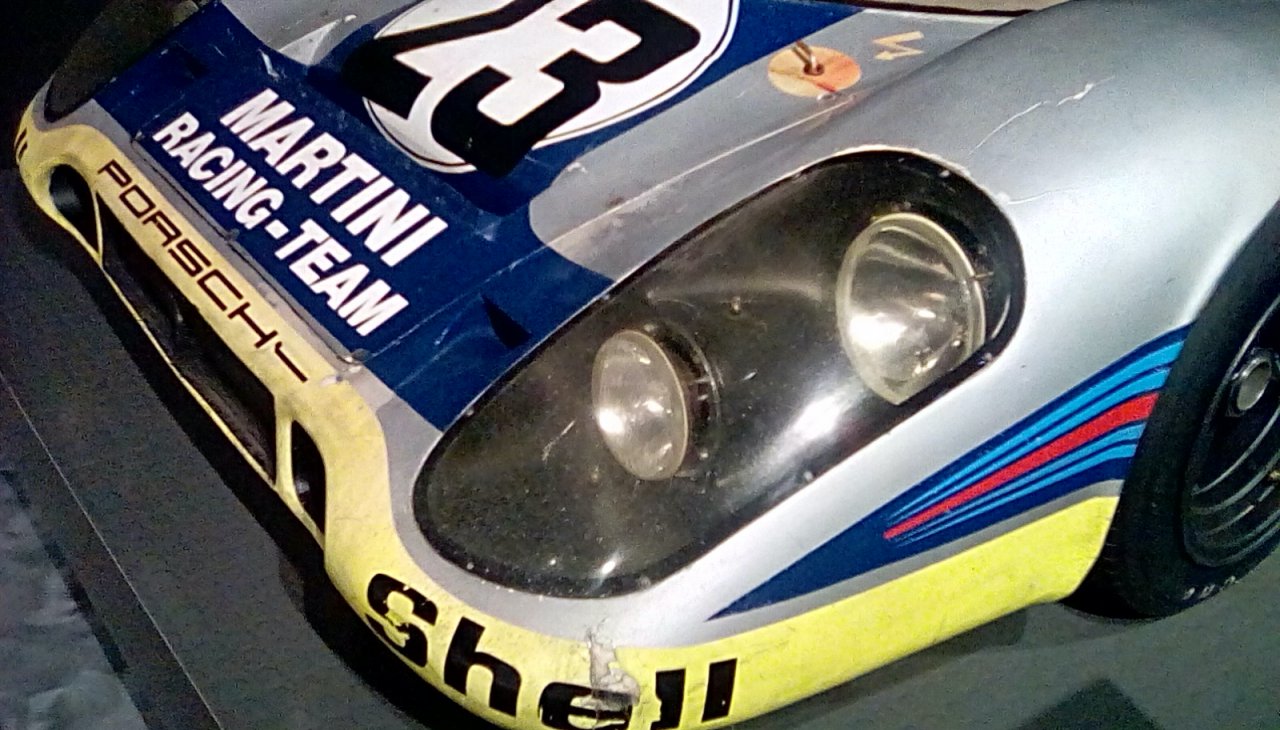
The Revs Institute website provides an online tour of the collection and a full search of the library materials, both onsite and digitized. Mark Vargas, chief operating officer and director of the library/archives, explains that the library collections are focused on “cultivating, maintaining and making fully accessible both diverse and unique collections…t hat promote the study of automotive history. These collections detail the history of the automobile from the dawn of the motoring age through to the present day.”
The library’s physical collections include over a million photographic negatives and transparencies, with more than half of those now digitized. “We are digitizing approximately 6,000 images each month,” said Vargas. But just scanning an image isn’t enough as the staff must assess each image, organize and create spreadsheets of images related to events, personalities, vehicles, etc.
Once those images are determined to be ready for digitization, they are placed in itemized boxes and put into a digitizing queue. Currently that queue extends out about nine years and there are plans to add scanning equipment to shorten the backlog.
Detailed metadata is created for each image, allowing for the extensive search capabilities needed to make the archive useful for researchers, historians and enthusiasts alike.
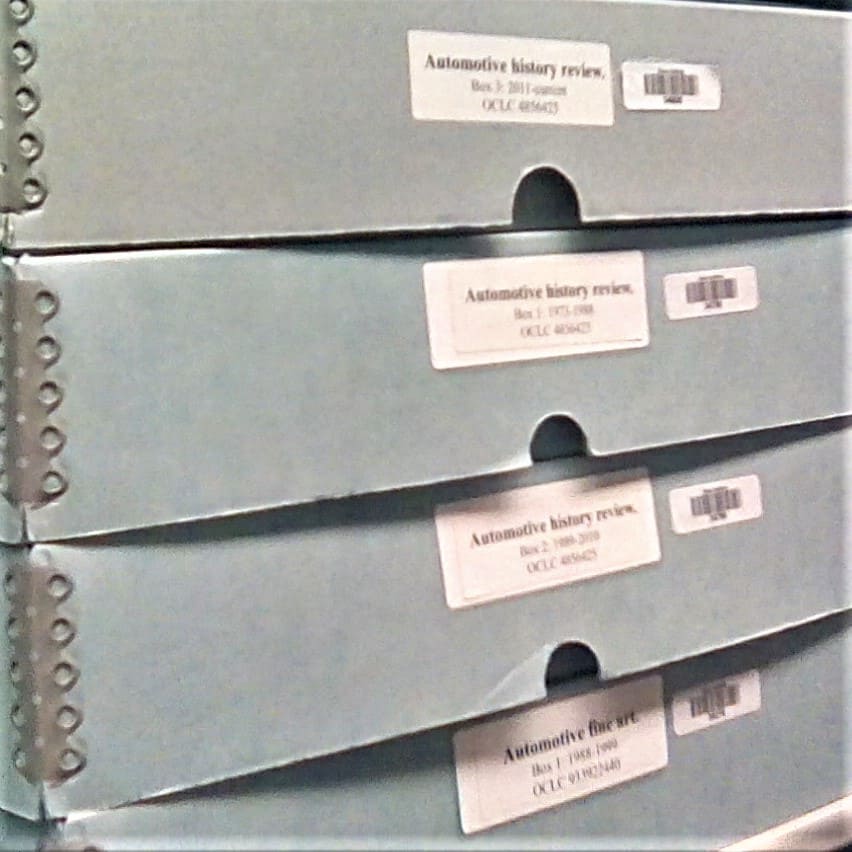
Preservation is paramount 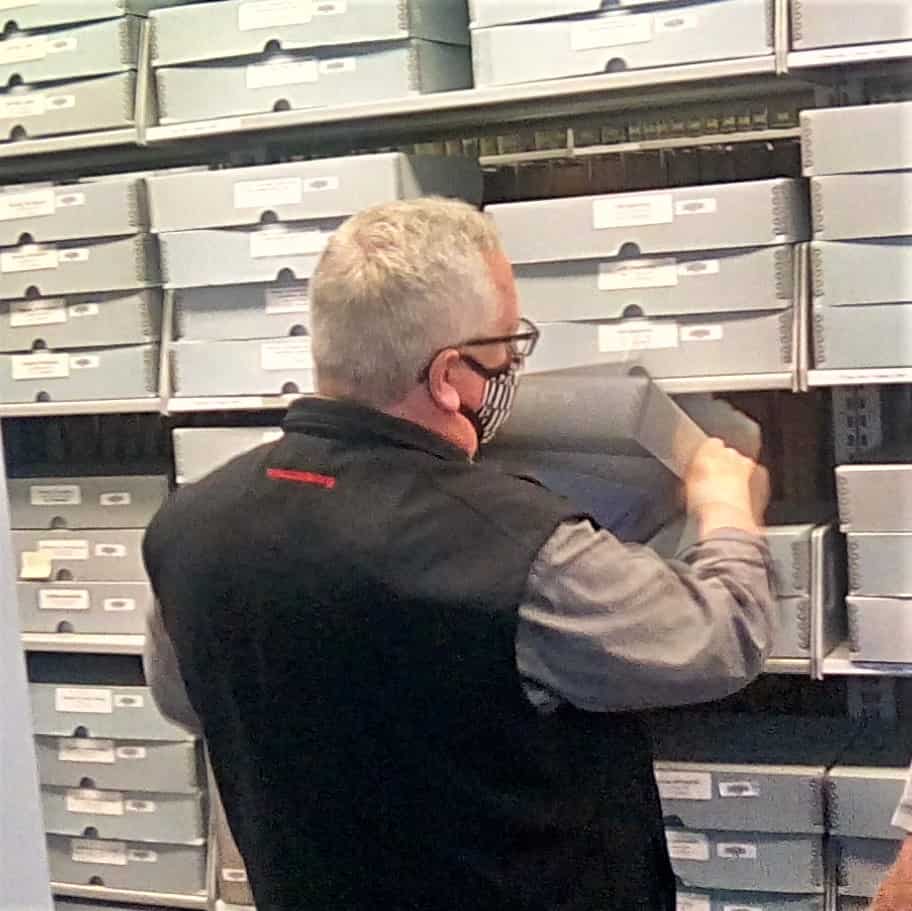
Mark Vargas in the library 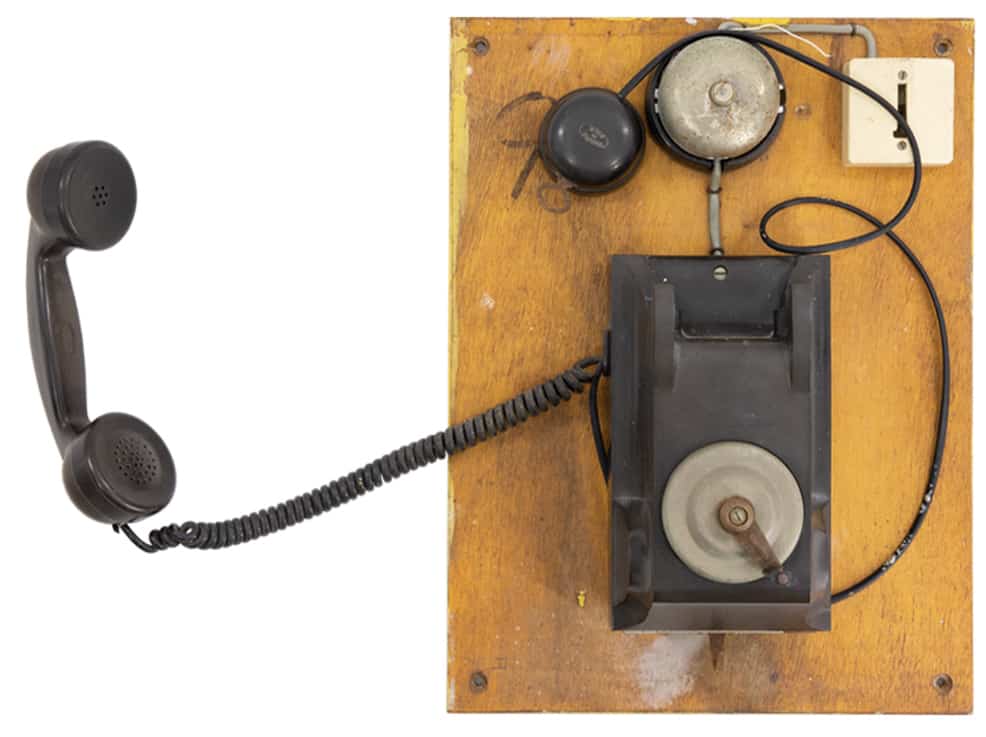
1961 Le Mans pit phone
“Applying this additional information to each artifact is critical,” Vargas explained. “Every item, whether it’s a scanned image or an actual object such as a poster or three-dimensional piece must have data points affixed providing detailed keywords so searching is efficient and as accurate as we can make it.”
So once items, including images, are scanned, where do they reside? Revs uses four systems to insure preservation for the future.
“The Revs Digital Library is hosted on the OCLC (Online Computer Library Center) content platform,” says Vargas. OCLC, founded in 1967 in the US is a nonprofit cooperative of over 54,000 libraries in 109 countries. “We want to make certain this information is safe and accessible to all who want to use this information in the future.”
The library has a staff of technicians educated in the most current digitizing processes. It has student interns from nearby higher education programs wanting to be involved in historical preservation. “That works well for RDL,” said Vargas, “as well as the students.”
Vargas explained the RDL mission for preservation. “We take every step in historic preservation seriously,” Vargas said. “We are extremely fortunate to have the resources and the sheer will to take on the process. We are determined to be as comprehensive as possible when it comes to automotive history.”
The RDL continues to accept collected materials related to the marques and models within the museum, but Vargas points out the library is also interested in preserving materials related to the history of automotive business and industry, design, inventors, transportation and the social impact of automobility.
A living, breathing tribute to our automotive heritage. While car enthusiasts worldwide have their bucket lists of events or places they want to see, it would be well worth the effort to visit and drink in the incredible Revs Institute. Many of our great museums and libraries dedicated to the preservation of automotive history are working to address the newest technologies so access to their holdings can be assured in coming years.
“Revs wants to drive the recognition of the automobile as not only one of the world’s greatest social change agents,” Collier says, “but also one of the highest expressions of all that is great in the human mind and spirit.”



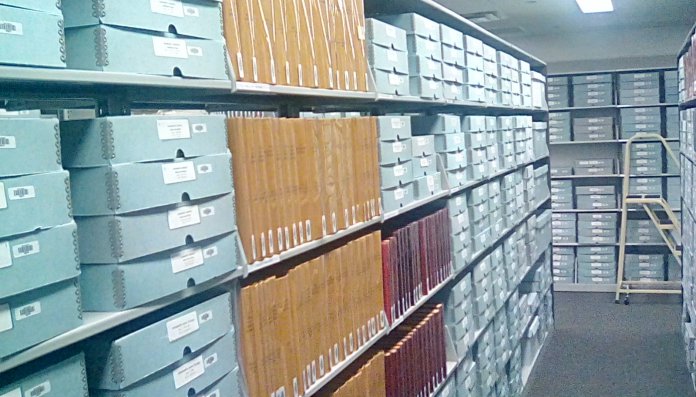


am selling huge auto book and lit collection, some from Peter Richley
I am still interested in acquiring parts or complete libraries concerning cars.
I started myself collecting books, brochures, magazins, photos, workshop and part catalogs, posters, postcards and so on. (about 35 ton of paper)
The collection started in 1963 and I had the chance to meet several interesting people, so as Peter Richtley, Gordon Buehrig, Michael Sedgwick, Nick Georgano, Paul Frere, Serge Pozzoli and many others. (I am an old boy…)
My father started collecting cars that riscked to be scraped from 1944 on and was proud to open a first carmuseum in 1970. Later in 1986 Autoworld was opened with about 200 of our cars, dating from 1898 on. The collection was considered as one of the most intersting ones, with all kind of vehikels (now about 1000 cars)
The Porsche 917 In the Collier Collection did NOT win the 1971 Le Mans 24 hours. That car was retained by the factory.
Bill–You are correct. The #22 Martini Porsche won while the #23 (this car) did not finish due to an accident. My bad.